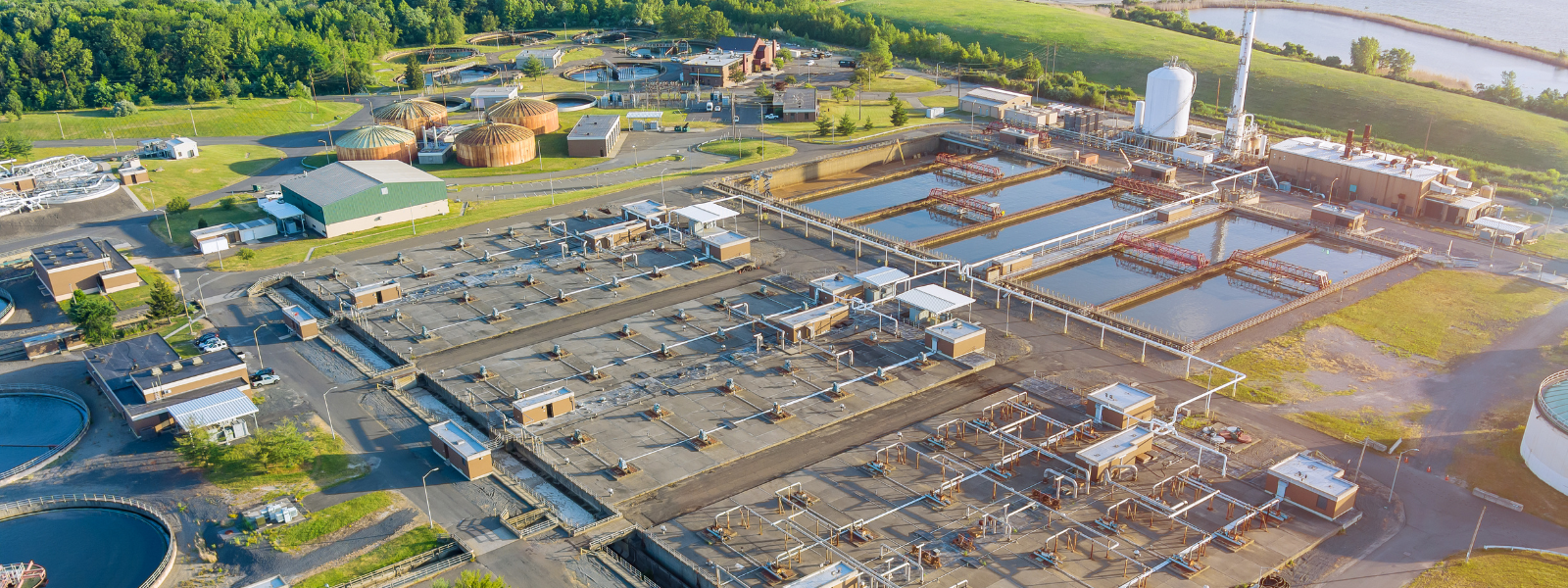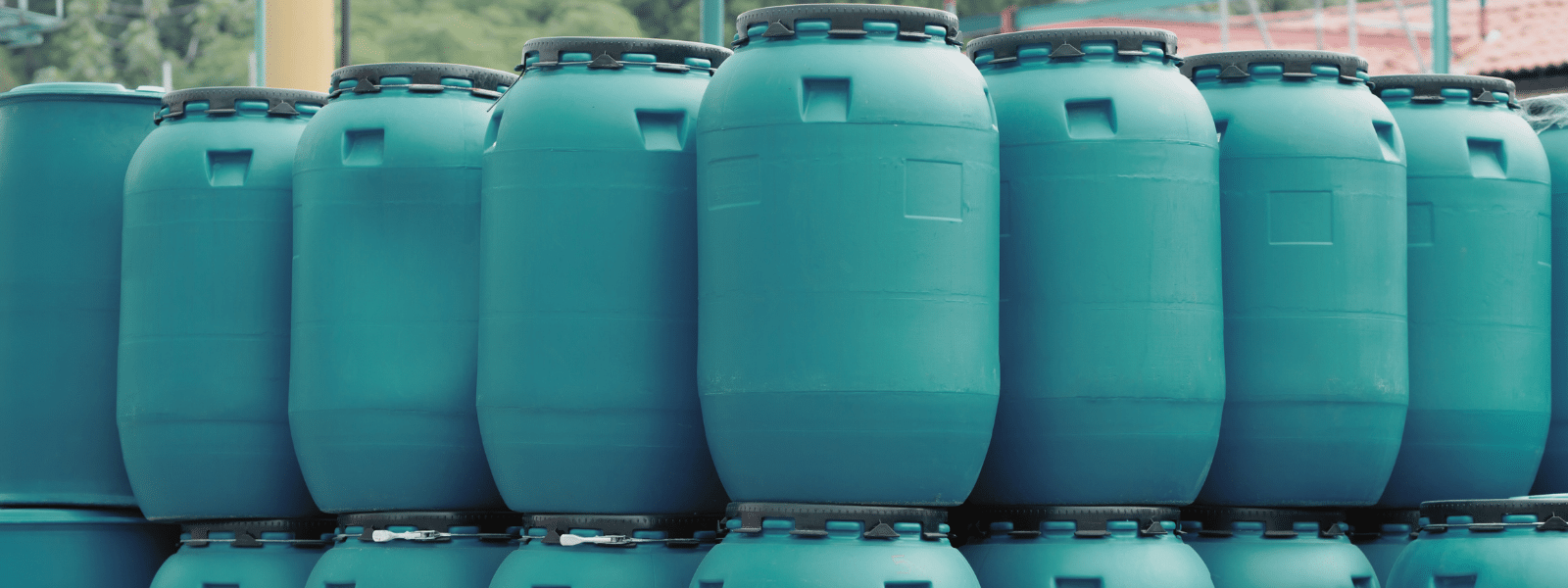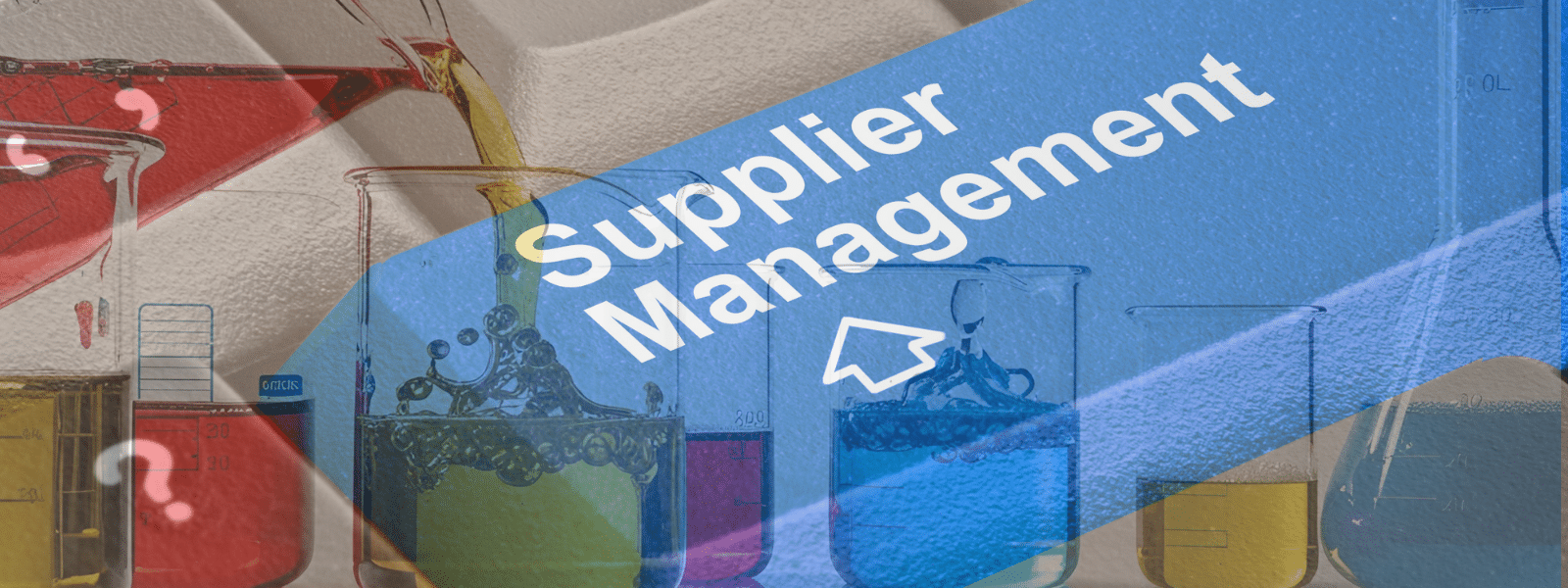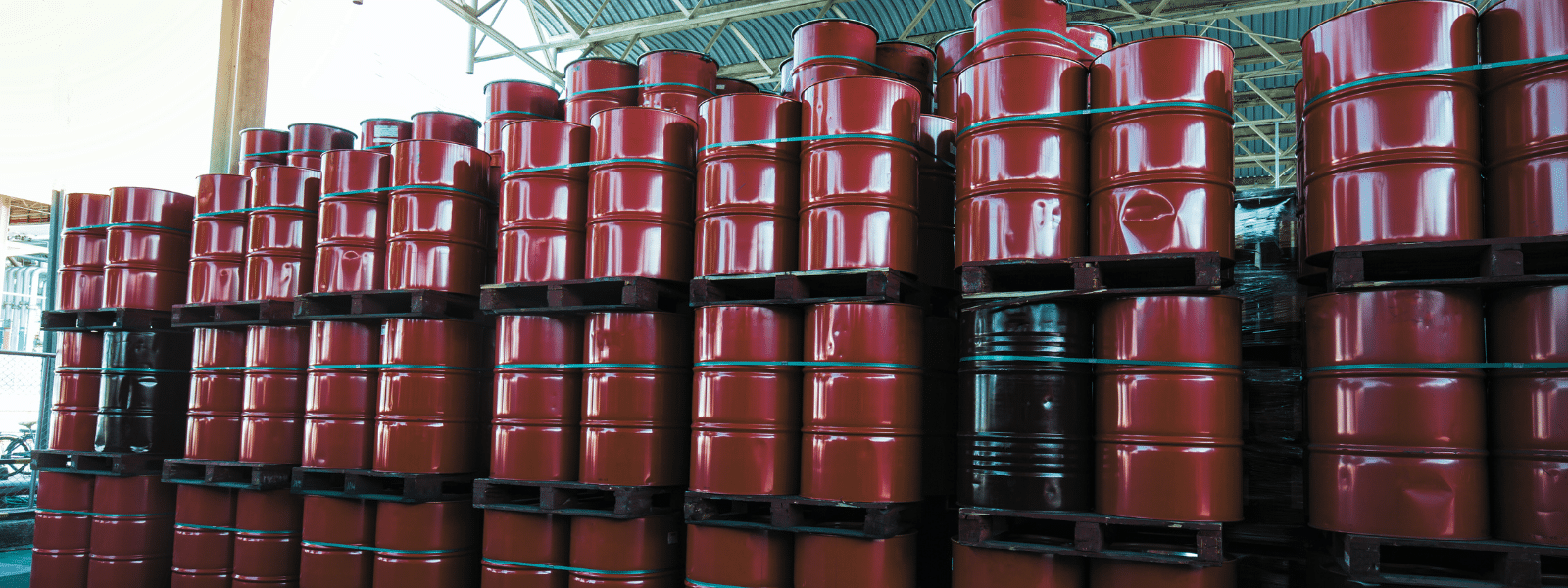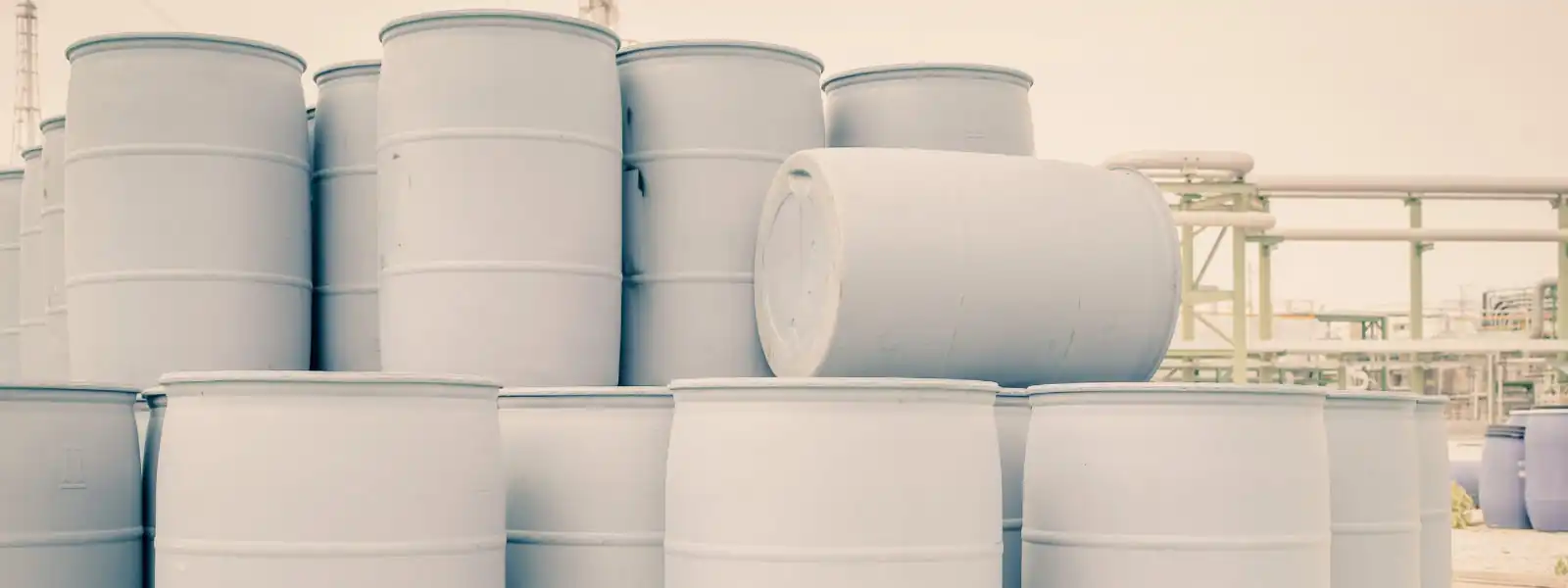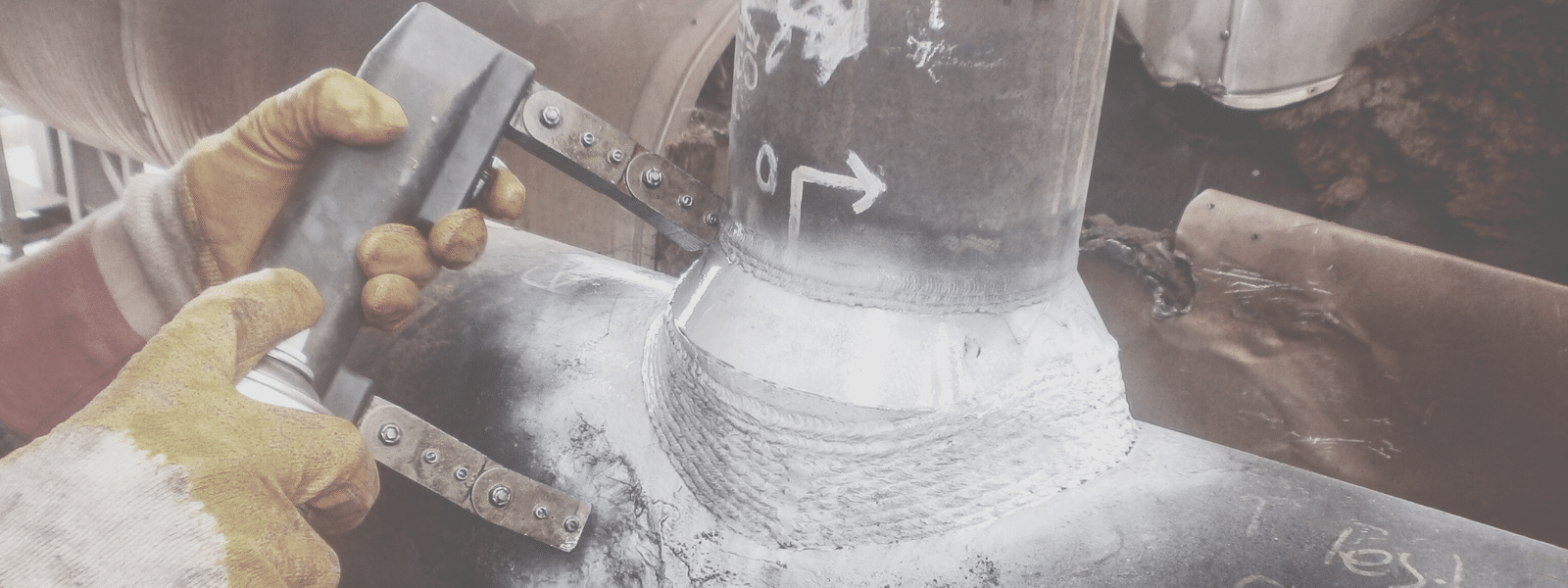There are a variety of uses for chlorinated solvents, including being used in metal cleaning and polyvinylchloride (PVC) products. However, these solvents are finding their way into various places where they do not belong. One common place of error is in groundwater. This blog will discuss the impact of chlorinated solvents in groundwater and the solutions to detecting these solvents.
What are the impacts of chlorinated solvents?
Exposure to chlorinated solvents can happen if contaminated groundwater is:
- Ingested
- Used to cook with
- Used to shower or swim in
- Used to water gardens
When exposed to chlorinated solvents, the type of side effects that one will experience depends on what they were exposed to.
If someone was exposed to Tetrachloroethene (PCE) or Trichloroethene (TCE) over a short period, they would experience dizziness. However, if exposed for multiple years, they then would experience harm to the following:
- Central nervous system
- Kidney
- Liver
- Immune System
If exposed to large amounts of Dichloroethane (DCE) they would experience nausea and drowsiness. Exposure over long periods could lead to liver damage.
After being exposed to vinyl chloride one may experience dizziness. Once exposed for a period of time one can experience harm to several functions, such as kidney and liver function,
Solutions to chlorinated solvent contaminations
The Environmental Protection Agency (EPA) has recently released a revised plan for cleaning up chlorinated solvent contaminations. There are four treatment EPA approved methods effective at removing groundwater contaminants:
- Biological Treatments
- Chemical Treatments
- Physical Treatments
- Thermal Treatments
Biological treatments involve adding or growing microorganisms that will clear away the contaminants. There are different types of treatments:
- Bioaugmentation
- Bioremediation
- Phytoremediation
Chemical treatments use chemicals to convert hazardous contaminants into less toxic things. The different types of chemical treatments include:
- Chemical oxidation
- Chemical reduction
- Neutralization
Physical treatments utilize the different physical properties of contaminants or the contaminated medium to separate the contamination from the medium. Different processes used in this treatment method include sparging and free product recovery.
Lastly, thermal treatment uses heat to separate the contaminants from the medium, such as groundwater. Thermal treatments include:
- Electrical resistance heating
- Incineration
- Steam enhanced extraction
Want to learn more?
Here at Ecolink, we offer a multitude of informative blogs as well as eco-friendly cleaning products. We have provided businesses like yours with high-quality chemical services for over thirty years. If you would like to learn more about industrial chemical topics through our informative blogs, click here! If you have any questions about our products or other services, then click here to talk with one of our experienced staff today!





